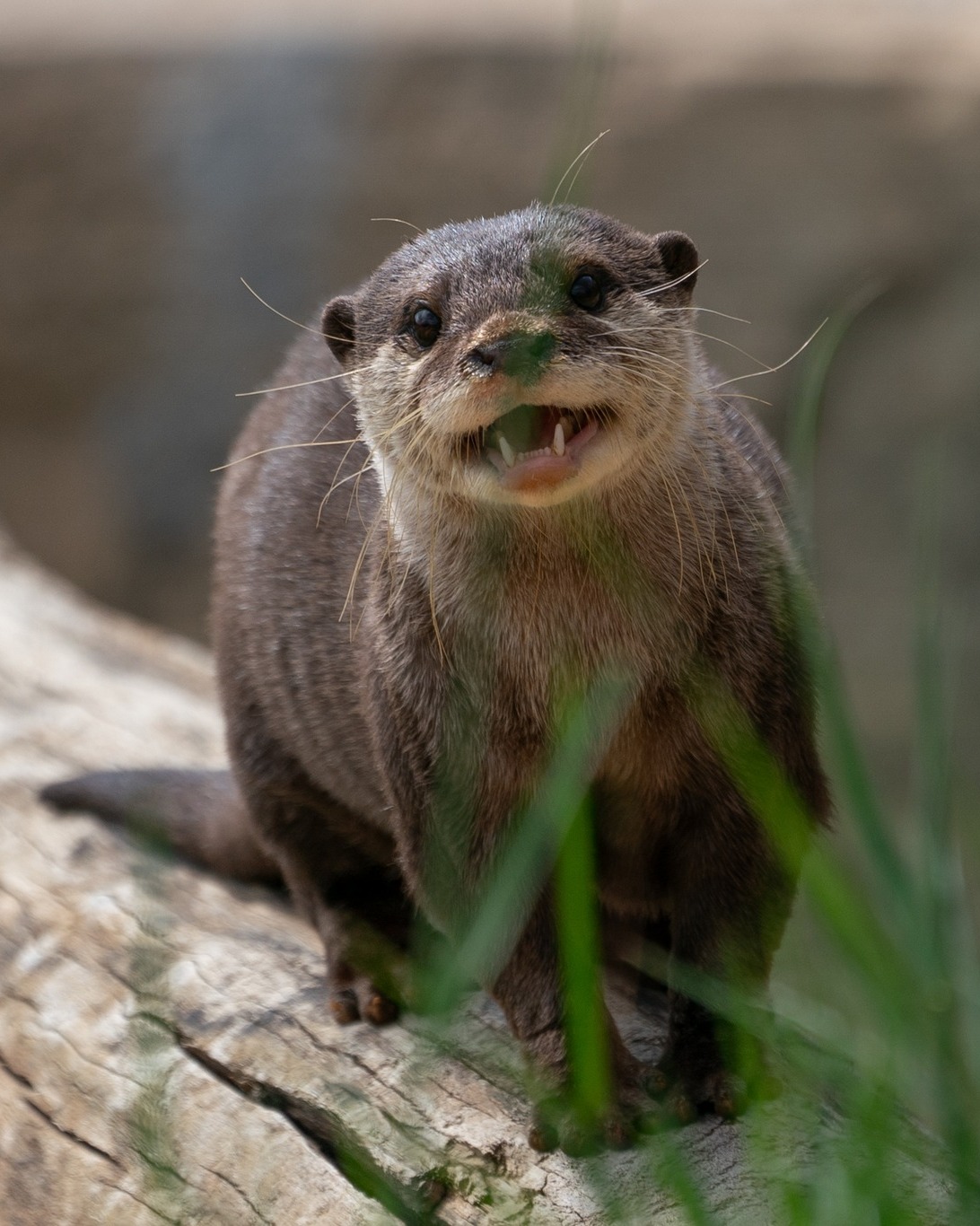- Overview of Asian Small-Clawed Otters and Their Characteristics
- The Reproductive Cycle and Behavior of Otters
- Munti’s Pregnancy Journey and Expectations at Elephant Trek
- The Role of Zoo Management and Conservation Efforts
- Public Engagement and Conservation Education
Asian Small-Clawed Otters, known for their playful behavior and intelligence, are the smallest of the otter species. Their natural habitats include the rivers, wetlands, and mangrove swamps of Southeast Asia. In these environments, they excel as agile hunters, using their dexterous front paws to capture prey such as mollusks, crabs, and small fish. Social animals by nature, they live in extended family groups and communicate through a series of vocalizations, including chirps and whistles. This social structure is essential to their survival and plays a crucial role in raising offspring.
In the wild, Asian Small-Clawed Otters experience a gestation period of about 68 to 72 days. Litters can vary from one to seven pups, although it is common to find three to five in most cases. The cooperative breeding system typifies their family-oriented lifestyle, with both parents and older siblings participating in the upbringing of the young. This involvement begins shortly after birth when the pups are entirely dependent on their family. After approximately two months, the pups start swimming under the careful supervision of their parents.
Munti’s impending motherhood marks a significant event at Elephant Trek, a testament to the careful management and nurturing environment provided by the zoo. An ultrasound confirmed that Munti, along with her mate Flounder, is expecting at least three pups. This will be her inaugural experience with motherhood, and the excitement among the zoo staff is palpable. Staff are poised to support and monitor the new family extensively to promote a healthy and successful birthing process.
The zoo’s conservation efforts for Asian Small-Clawed Otters extend beyond providing a safe haven. Enclosures replicate natural habitats, providing the otters with plenty of stimulation and opportunities to exhibit natural behaviors. Educational programs run parallel to these efforts, increasing public awareness about Asian Small-Clawed Otters’ living conditions in the wild and the threats they face, such as habitat loss and water pollution. These programs aim to instill a greater understanding and appreciation for wildlife conservation among visitors.
Public engagement is crucial in these conservation initiatives. Updates on Munti and her pups will be shared with the public, generating interest and fostering a connection between zoo visitors and the animals. This engagement serves as a catalyst for promoting wider conservation actions, as awareness often leads to advocacy, encouraging the public to support measures aimed at preserving wildlife habitats.
Elephant Trek’s dedication to nurturing Munti and her future pups serves as a vivid example of how zoos can play a vital role in conservation and education. By providing the conditions necessary for these animals to thrive and educating the public, zoos can inspire broader efforts to protect endangered and vulnerable species in the wild. Through these actions, we not only preserve the beauty and diversity of wildlife but also enrich our understanding and connection to the natural world.
*****
Source Description
Otterly adorable news from Elephant Trek! Asian small-clawed otter, Munti, is expecting her very first litter! An ultrasound has confirmed that she’s carrying at least three pups, though otter litters can include up to seven.
After a gestation period of about 68–72 days, otter moms typically give birth to one to seven pups. The whole family pitches in to help raise the babies.
This is Munti’s first time as a mom, so we’re cautiously optimistic for a smooth and successful arrival of her and Flounder’s pups. Stay tuned for updates — we can’t wait to welcome the new pups!


